A Deep Dive into Lead Scoring for SaaS Business Growth
Exploring strategies that power effective SaaS lead scoring. Boost business growth by understanding how to identify and prioritize high-value SaaS...

Explore strategic insights for business growth as we guide you through the 7 Stages of SaaS Customer Lifecycle.
Like every other growing market, Software as a Service (SaaS) is also required to keep up with the revolution its market is facing. Due to enhanced competition, SaaS businesses encounter the challenge of attracting customers and retaining them for continuous growth.
Leading organizations target building mutually beneficial connections with customers, as they know that this strategy is more powerful to cultivate everlasting patronage and elevate the overall customer value solidifying customer relationships over time.
Customer lifecycle means the progress steps of a customer before, during, and after the purchase of a service. Customer lifecycle management encompasses all those professional strides of a client.
In this article, we will be exploring the 7 Stages of the SaaS Customer Life. Let us uncover the secrets of providing a seamless and value-driven experience to our clientele for better customer acquisition and thriving SaaS businesses.
We can safely say that there are 7 major stages in the SaaS Customer Lifecycle which is a strategic journey that comprises each interaction, from the initial flicker of awareness to the ongoing expansion of customer relationships all the while retaining the clientele.
These 7 stages create a protocol that navigates the businesses through the intricacies of maintaining lasting relationships with their clientele. Every stage depicts an opportunity for businesses to engage with their customers, and then deliver results to their customers, thus creating a flourishing and sturdy SaaS ecosystem.
Let’s go ahead with the various stages of the SaaS Customer lifecycle stage:
As the name indicates this phase creates awareness of the services provided by the SaaS businesses to their customers. The main objective of this step is to create brand visibility and ensure that the target market understands that a particular SaaS solution will solve their problem and they will reap the benefits it offers. This phase lays the foundation for further stages in the customer lifecycle.
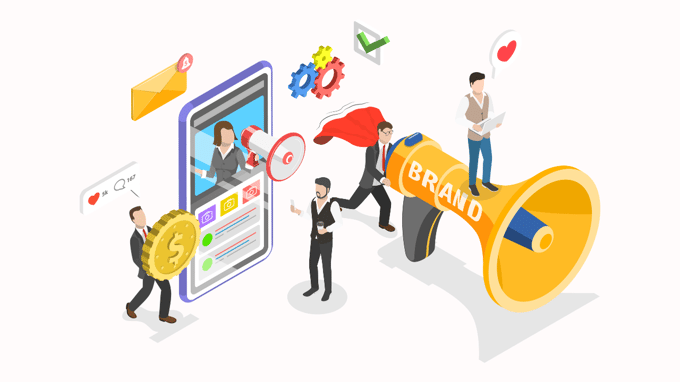
Organizations may work on following strategies that gain the attention of their target audience, such as:
Search Engine Optimization: Optimize their webpage’s data for enhanced organic visibility for search engines.
Content Marketing: Businesses may start blog posts, and publish ebooks, and informative content that shows their area of expertise.
Build Social Media Presence: Target the social media platforms where your possible client is active, and engage with them by sharing relevant content.
For successful brand building, effective marketing is the key. Leveraging through social media channels, keeping an eye on impressions and engagements on the posts, tracking website traffic, and conducting keyword analysis for SEO effectiveness can enhance brand exposure.
After the first step, awareness, the next objective is to convert interested prospects into bonafide customers by transitioning them into a further engaged state. This step involves attaining their information, such as contact details, email addresses, or social media handles, to create direct communication channels.
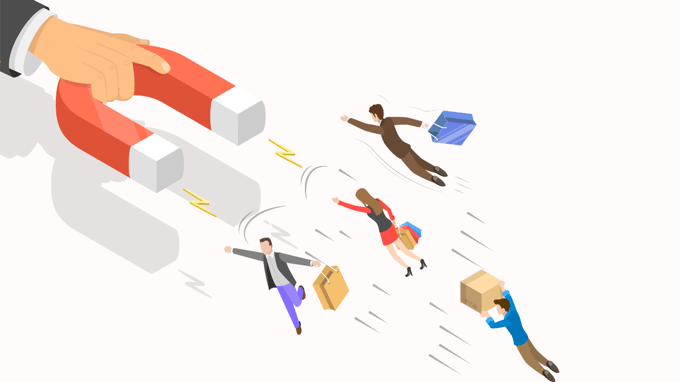
For this purpose efficient conversion approaches can be followed, such as:
Sales and Marketing Channels: Adjust sales and marketing channels based on the effectiveness of conversion rates and the costs associated with customer acquisition.
Free Trials and Demos: Free trials allow your potential clients to experience your services before committing and paying for them.
Value Proposition: Show your customers how your services can address their pain points and solve them
Implementing these strategies ensures the success of the Acquisition Phase. This compels potential customers to take targeted actions, such as newsletter signups, or whitepaper downloads. With these articulated and compelling calls to action, you can analyze conversion rates for different acquisition channels and calculate customer acquisition costs (CAC) for each channel with saas reporting.
In the SaaS success, the onboarding phase provides a critical judgment of the overall success of the whole process and ensures a smooth transition. An effective onboarding process reduces problems in user adoption of the software and sets the tone for the user's expedition with the software ultimately providing client satisfaction and retention to business.
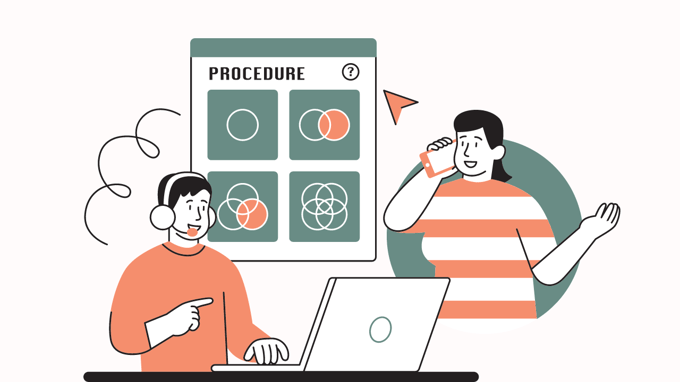
The following are some key components of a successful onboarding process:
Interactive Tutorials: Maintain customer’s interest by providing step-by-step guides and interactive tutorials.
Onboarding Emails: Personalized emails can be sent to the customers guiding them through the key features of the services.
Customer Support: Responsive and quick customer support should be provided for helpful assistance during the onboarding phase.
Personalization makes the onboarding process successful. When the services are tailored to the customer’s requirement, such as customized walkthroughs, and relevant feature recommendations as per users’s needs, it enhances user engagement. This can help monitor user progress through each onboarding step.
Activation is the phase in the SaaS customer lifecycle where the main objective is to foster ongoing user interaction and value. Here users transition from the onboarding step to actively exploring the services and experiencing the core benefits of the software. Activation metrics are tracking user activity by frequency of logins, user feature adoption rates, and customer service usage patterns and satisfaction scores.
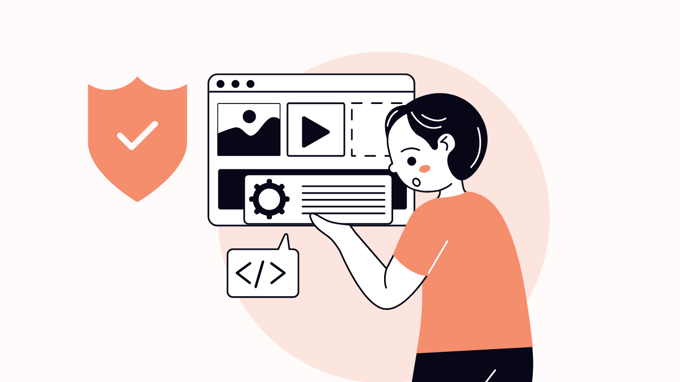
The users can be guided toward the core features in the following ways:
Communication: Regularly sending newsletters, service updates, and service tips will keep users engaged.
Feature announcements: Specific features highlighting for targeted business can maintain customer interest.
Customized Content: Providing specially tailored content based on user interactions and usage activity.
Community Building: A user community can be fostered for discussions and shared learning about the services of the software.
User engagement can be measured by monitoring specific features. Analyze community participation and discussions of users about the software for enhanced user experience. Their feedback can be used to introduce updates to keep users actively engaged.
Retention is the phase in the SaaS customer lifecycle where we want to keep customers satisfied and prevent churn. The long-term value of an existing customer is their retention by keeping them satisfied and engaged. Loyal customers can contribute proactively to the success and sustainability of a SaaS business. They may make repeated purchases, can provide positive reviews, and can also act as advocates, creating a positive brand image and fostering growth.
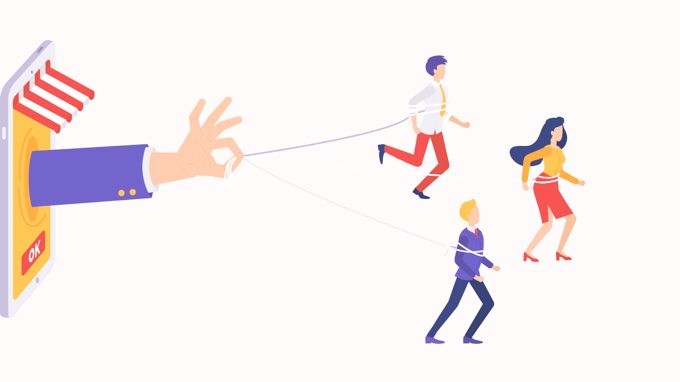
The primary strategies for customer retention are:
Customer Support: Proactive customer support can anticipate and address problematic issues before they become actual problems.
Product Improvement: Continuous product updates and regular software enhancement based on user feedback.
Loyalty Programs: The existing customers can be awarded for their long-term commitment to the services provided.
Customer satisfaction surveys can prevent churn rate or customer loss. This is an active retention strategy that can identify potential signs of customer dissatisfaction earlier, thus the businesses can take active measures to solve issues, provide additional support, or introduce new features that fit with customer requirements.
Expansion and upselling are phases in the SaaS customer lifecycle where the SaaS business's main objective is to maximize revenue from existing customers, by identifying growth opportunities. Strategic analysis of user behavior, preferences, and service usage patterns can pinpoint areas where additional value can be provided by the SaaS business.
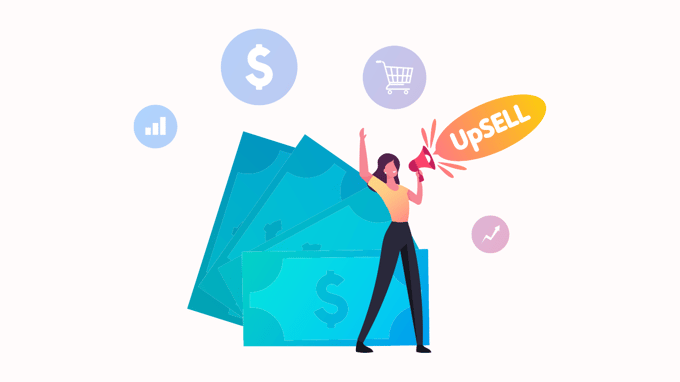
A few upselling strategies for expansion are mentioned below:
Upsell Opportunities: Spot the features or service plans that fit with customer requirements.
Complementary product: Cross-sell additional products by offering complementary products or services.
Customized Solutions: Specially tailored solution offerings based on customer requirements.
Encouraging the adoption of advanced features is a progressive strategy within the expansion phase. This promotes the utilization of sophisticated functions of the SaaS product. The SaaS business can offer targeted training sessions, updated informative data, or customized recommendations. By the adoption of advanced features of SaaS business, more opportunities for upselling higher-tier plans can be created.
Advocacy is a pivotal stage in the SaaS customer lifecycle, where the objective is to turn satisfied customers into advocates of the business. When the customer is beyond satisfied with the product, they can have an emotional connection with the business which will ultimately turn them into promoters.
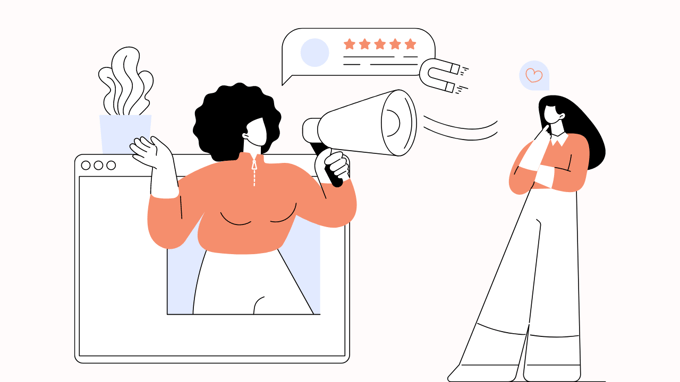
The key strategies in cultivating advocacy are as follows:
Referral Programs: Provide incentives to customers to refer others to your SaaS solution.
Review Requests: Satisfied customers can be encouraged to leave positive reviews.
Customer Advocacy Programs: On active promotion of brand reward customers.
Positive reviews and testimonials are potent tools that can serve in cultivating advocacy. The referral programs can help in tracking conversion rates and fostering growth. SaaS businesses can harness the impact of advocacy programs on brand perception by featuring customer success stories or showcasing testimonials on marketing materials. The legitimate positive reviews enhance the credibility of the SaaS brand, creating a positive reputation in the market.
A continuous cycle of the SaaS customer lifecycle showcases the interconnected nature of each phase. These stages can not be considered individual events rather they are a seamless flow of events transitioning from one to another. The awareness created in the first step leads to acquisition and lead scoring, proactive onboarding brings to the activation stage, and retention plans lead to expansion and advocacy.
The main component of this continuous cycle is the incorporation of feedback loops and iterative improvements. At each stage of the SaaS customer lifecycle, customer feedback should be analyzed, which can help in making iterative improvements to the service, and user experience.
Strategies for sustainable growth refine marketing tactics for enhanced awareness, optimized acquisition of sales and marketing channels, and provide a seamless onboarding experience while implementing retention and expansion opportunities.
Let us look at the key strategies of the SaaS customer lifecycle, which starts by creating awareness of the brand, then moving on to the acquisition of customers and bringing them on board by transitioning towards activation, and then customer retention through continuous support that can lead to expansion through advocacy.
It is important to recognize that customer lifecycle management is a seamless and continuous process. The steps involved are not merely one-time events but rather interconnected phases that lead to each other. Throughout improvement, and adaptation, with the help of customer feedback ensure the durability and progressiveness of the lifecycle management strategy.
Businesses should navigate through the intricacies of the SaaS customer lifecycle, for well-informed and data-driven strategies for growth. Ultimately leading to long-lasting customer relationships and constant growth in the evolving market of SaaS.

Exploring strategies that power effective SaaS lead scoring. Boost business growth by understanding how to identify and prioritize high-value SaaS...

Unlock the secrets of SaaS sales forecasting with insights on CRM integration and KPI optimization.
.png?format=webp&width=400&height=250&name=A%20complete%20Guide%20to%20HubSpot%20CRM%20Optimization%20(1).png)
Elevate revenue generation and boost profitability by implementing tailored HubSpot CRM optimizations that align seamlessly with your business needs.